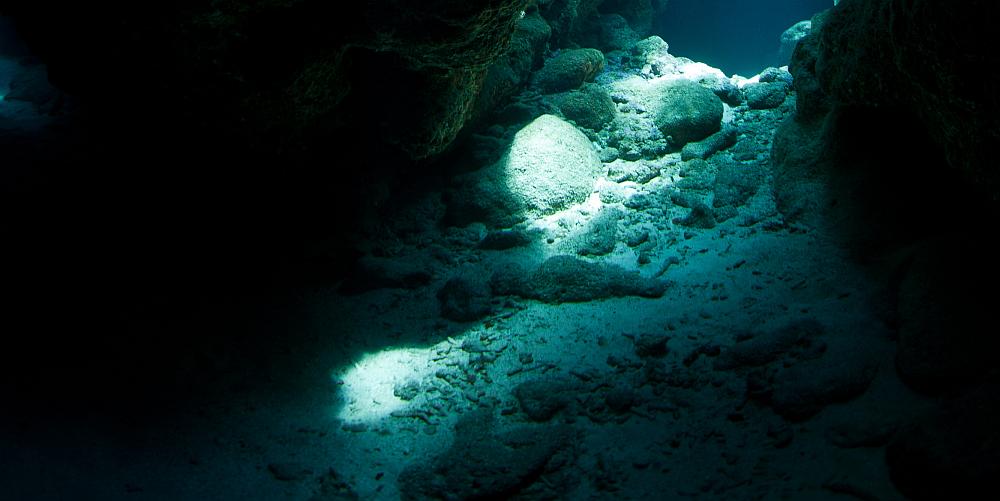There is always a risk to lose scientific platforms and instruments to environmental and human factors.
Challenges:
Seafloor observatories offer scientists opportunities to study multiple, interrelated natural phenomena and anthropogenically-induced changes over multiple time scales to assess episodic but also creeping, long-term processes. Major challenges to run these observatories include environmental (high-pressure, low temperatures, corrosion, biofouling) and technical issues (energy availability, sensor stability, real-time data access), and there is always a risk to lose scientific platforms and instruments due to human activities (fishing/trawling, vandalism), particularly in shallow areas. Especially in polar regions, the remoteness and harsh environmental conditions will always hinder efforts to provide adequate seafloor observations. However, over recent years, we have seen improvements in observing technology and capabilities that create new possibilities for how to construct and maintain the polar ocean observing system. Today, autonomous fixed and mobile scientific platforms (moorings, bottom-lander, benthic crawler) are standard equipment at key sites of Arctic marine observations, e.g. the LTER observatory HAUSGARTEN in Fram Strait and the INTAROS integrated, multidisciplinary moored observatory north of Svalbard.
Results obtained in INTAROS:
Observing systems implemented by INTAROS in the Fram Strait (including Svalbard fjords) encompass a passive acoustic system to monitor the activity of benthic species but also human activities (noise produced by fishing vessels tourists ships), an autonomous system to conduct real-time measurements of pCO2 and pH measurements (supplemented by weekly discrete measurements of dissolved inorganic carbon and total alkalinity), and a moveable deep-water experimental system, the autonomous arcFOCE (arctic Free Ocean Carbon Enrichment) system, to study impacts of ocean acidification on benthic organisms and communities.

Figure 1: Hydrophones (top left) and pH sensors (bottom left) in the Kongsfjorden (Svalbard), pCO2 measurements in fjord waters in a flow-through system near Ny Ålesund, and the arcFOCE experimental set-up (right) after recovery from test trials in the deep Fram Strait. Copyright: CNRS and AWI.
11-10-2021
